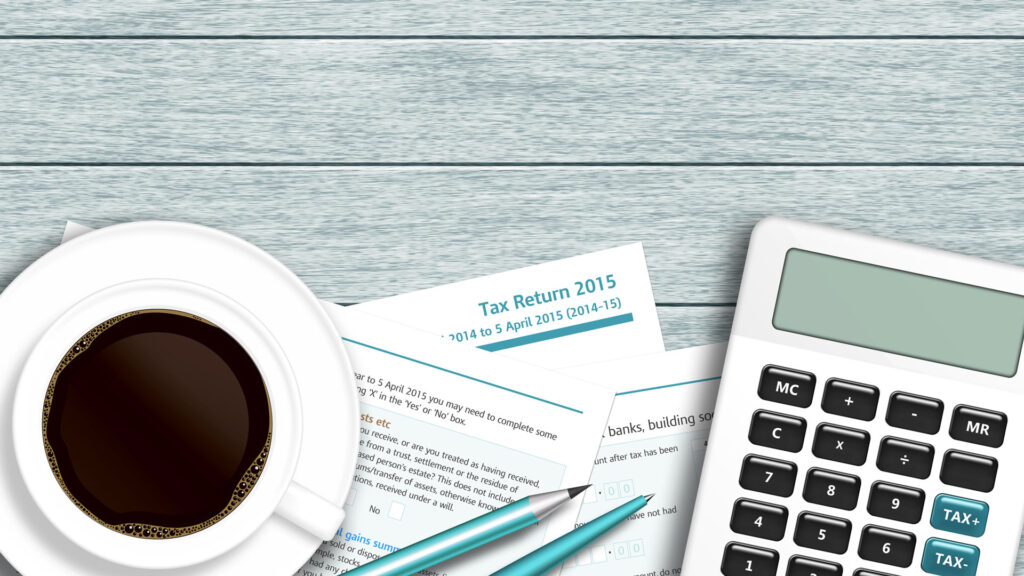Anticipating the Chancellor’s Budget in March 2017, the chief executive of the British Hydropower Association (BHA) – of which we are members – Simon Hamlyn, warned that the business rates system for hydroelectric schemes was “fundamentally flawed” and needed “urgent attention”. We’re inclined to agree.
Simon’s voice was one of many in the industry that has expressed concern about the Government’s business rates re-evaluation recently. As a result of the recent changes, some small businesses in the renewables sector will now see their business rates increase by as much as 900%.
Clearly, this kind of hike in taxation could be devastating for any business in any sector. But hydro scheme operators in are stuck with what looks like a particularly dubious business model.
They can’t increase the amount of money they make from their hydro schemes because the Government has frozen electricity prices through the Feed in Tariff. Yet the payments they must make in business rates to the same Government are suddenly vastly inflated.
The underlying assumption adopted by the VOA in the assessment of business rates for hydro operators is that the majority of capital expenditure in delivering the scheme has been paid for by the owner of the land. This is fundamentally flawed.
It does not bear resemblance to the reality, supported by a substantial body of evidence gathered by the BHA, which shows that the hydro operator – usually a land tenant – contributes 100% of the capital expenditure in construction of their scheme.
If the rating assessment gives a valuation which looks wrong, the valuer should consider whether the assumptions that have been relied upon in arriving at the valuation are reasonable, regardless of whether legislation is said to support this form of valuation methodology. The evidence supplied by the BHA suggests that common sense is being ignored.
It seems like a case of decidedly un-joined-up thinking. On one hand, the UK Government says it is committed to supporting the renewables sector and has pledged to source 15 per cent of its energy from renewable sources by 2020. On the other, its new business rates system looks certain to force many hydro schemes – and solar for that matter – out of business.
North of the border, it’s a completely different story. Mindful of its commitment to increasing energy output from renewable sources, the Scottish Government recently announced a package of relief to support the sector in Scotland, including a 12.5% cap on business rates for small-scale hydro schemes. The Chancellor also announced in the budget on the 16th March 2017 that additional measures designed to protect small businesses in England were set to be introduced from the 1st April 2017. Unfortunately no such measures have yet been announced by the Welsh Government despite fierce lobbying on the same.
With its ample natural resources, Wales has huge potential for hydro and it should be should be able to compete on a level playing field with Scotland and England. It is time for the British Treasury to review its rating system and the National Assembly of Wales should be banging the drum. ‘Urgent attention’ is exactly what it needs.








3 Sylw. Leave new
We run a 60kW hydro scheme. In our case the new Rateable Value equates to an annual cost of around 10% of gross income including the FIT payments.
Post FIT contract, the Rates will amount to around half of gross income, or more in a dry year.
Clearly unsustainable or viable in years to come, valuation calculations will inevitably have to be revised when subsidies are ended if there are to be any small schemes able to operate profitably.
With evidently little differentiation in the current calculation method the simple and fair approach would be to exclude subsidy in the calculation, to reflect the real market conditions that will exist in the future.
The subsidy element should be fully invested in infrastructure now (as intended, presumably) and is crucial for long term optimisation, environmental protection and economic viability where much of the income is of local benefit. The VOA are currently taxing this subsidy to the detriment of the above.
Is this a policy of disincentive, as the lobbying thus far has not altered the VOA’s approach to calculation?
With grid energy losses of 10% (I think I heard that figure) surely the cumulative contribution of small renewable schemes offers both a valuable, low carbon injection of energy and income into the rural economy.
Are hydro schemes to pay a higher proportion of income than businesses in other sectors? If so, we’d like to know who decided this and why.